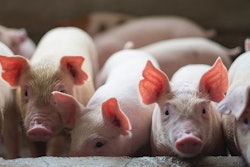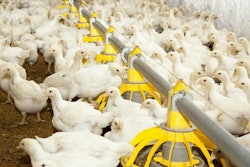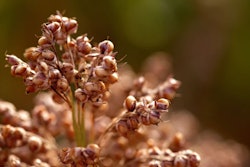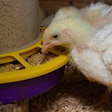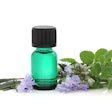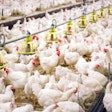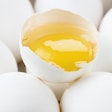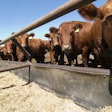
There are several aspects of animal feed that can reduce the risk of contamination
Salmonella is one of the most frequent foodborne diseases, with poultry and pork being a potential source for humans in many countries. Live animals can be infected sub-clinically, leading to mild diarrhea and depressed growth performance, whereas acute infection can bring about septicemia and death. Current technology and know-how can reduce Salmonella contamination to insignificant levels. From an animal feed standpoint, there are certain aspects that can be controlled to ensure minimal risk of Salmonella contamination.
-
Formulation
We can reduce or avoid ingredients that are known to harbor high(er) levels of Salmonella, especially if they are of suspect quality and/or without microbiological guarantees. Such ingredients, however, offer certain benefits (low cost and/or high protein quality) that eliminating them from formulas can be problematic. Thus, it is best to implement a quality control program that includes Salmonella monitoring.
-
Organic acids
Certain organic acids are known to be quite effective against Salmonella in animal feed. There is a great amount of literature on this topic, but the most important aspect is that the required dosage is rather higher than practiced (for cost-saving reasons). It is best to use organic acids that remain active in the stomach to eliminate Salmonella as soon as it enters the gut.
-
Thermal processing
Steam heating, pelleting, extrusion and expansion all can reduce the Salmonella load in ingredients and complete feeds, but the required temperatures to achieve zero Salmonella concentrations usually end up being destructive to the nutritive value of the heated feedstuff.
-
Storage
Although feed can be treated so that it is largely Salmonella free, Salmonella is bound to re-enter the feed system at some point. Examples abound and include an unclean truck, a half-filled silo, or unclean feeders. To this end, it is best to pay attention to what happens to feed after it leaves the feed plant.
-
Clays and phenols
Although clay products are frequently used against feed mycotoxins, they can be also effective against Salmonella. Certain clay products can fight Salmonella in broilers and restore growth. Finally, certain plant alkaloids can reduce Salmonella contamination.

